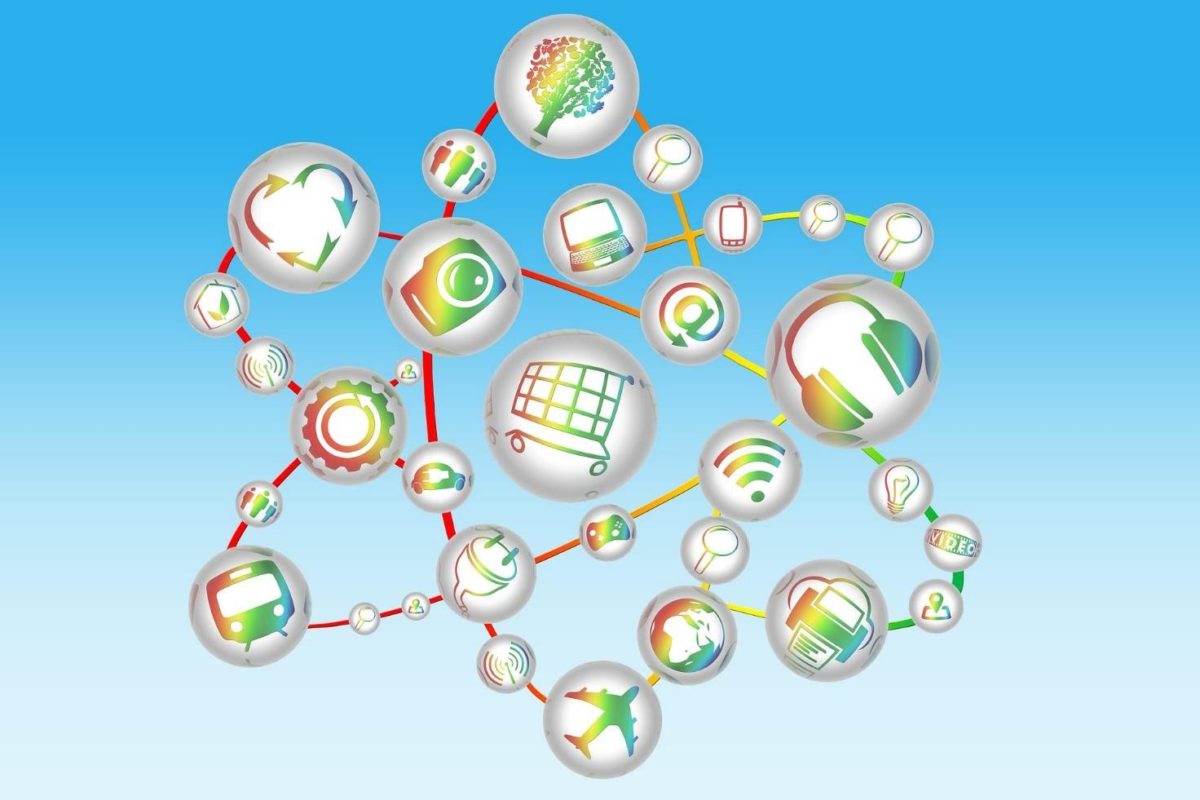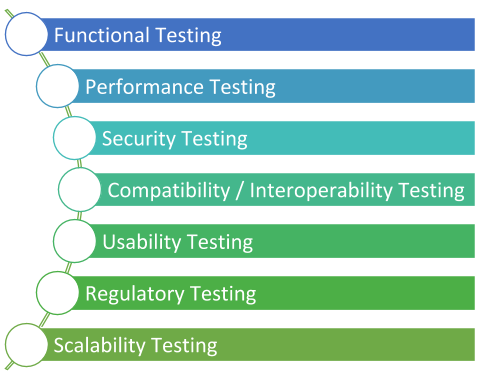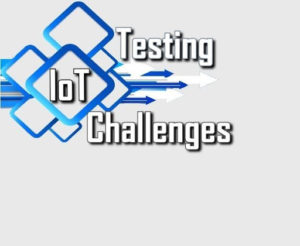
Internet of Things, henceforth referred to as IoT, was an idea conceptualized in the late 80s and early 90s. It gained momentum in the late 90s and Kevin Ashton coined the term “Internet of Things”. Despite getting a good kick-start, it took more than a decade for the idea to translate into reality.
The world is getting smaller with technology connecting devices, appliances, machines and humans. IoT works on the principle of data exchange between these connected intelligent devices. Few examples of IoT are wearable devices like smart watches, medical implant devices, smart homes/buildings, flow control management systems etc.
There is an exponential increase in demand to deliver better and faster services. This leads to demand to access, create, use and share data from any device at any point of time. Obviously, it gives rise to the need to provide greater insight and control over various interconnected IoT devices and the testing framework. But, before we go into details of IoT testing, let us see how an IoT system works.
In simple words, IoT is an ecosystem of intelligently connected devices, which use embedded sensors to gather and relay data via integrated communication hardware.

Sensors collect data which is then collated in the application layer and transmitted over the network to the back-end systems. These systems then analyse data and appropriate action is to be taken and relayed back.


Benefits of IoT are lucrative, but it comes with its own set of challenges, with security being the topmost.
IoT is gaining popularity with the advent of new smart devices and people’s inherent desire to be connected all the time. This obviously gives rise to the need to have a comprehensive Quality assurance process in place.
As mentioned in the previous section, a typical IoT setup has a mix of various elements and the process of testing is customized to address the issues specific to those elements.
By and large following types of testing are highly recommended besides following the regular testing process.

Functional Testing
Functional testing of IoT infrastructure involves verifying the functionality as per the specifications in actual usage conditions, keeping in mind the networking factors, data volume, end user’s usage pattern etc.

Performance testing
IoT Performance testing is performed at following levels:
This is to verify performance of
Security testing
A number of security aspects have to be considered like,
Besides the regular security testing drill, high priority has to be attached to perform security testing for following.
Compatibility/Interoperability Testing
IoT has the potential of growing with more heterogeneous devices getting plugged into the network. For seamless operation, It becomes imperative to test all possible combinations of device hardware, firmware versions, OS versions, and communication protocol versions.
Usability Testing
IoT usability testing involves testing of User interface, response time and overall ease of system usability from an end user’s perspective.
Regulatory Testing
IoT involves exchange of large volumes of personal data making users vulnerable. Regulatory testing ensures that IoT setup is in compliance with privacy regulations, to ensure that end user’s details and usage patterns are not compromised
Scalability Testing
Scalability testing is a way of making sure that IoT infrastructure has enough bandwidth to accommodate upgrades in future.

IoT testing faces many challenges based on systems involved.
Communication:
Detailed testing of both, network and internal communication, is a time consuming process. Following is a list of common issues faced from a communication perspective.
Security:
Since IoT means access to working internals of private/business/industry routines, extra care is needed to make it impermeable to hacking attempts. For example: data corruption or tampering in health care or nuclear/thermal setups may result in disasters.
Data Volume:
Large volumes of sensitive data is exchanged between devices, applications and users, and any tampering/corruption may have catastrophic results. Hence, data transmission and storage modules need to be fool proof.
Heterogeneity of components:
Diversity of devices, their sensor protocols, calibrations, compatibility, upgrades, security etc makes testing difficult. Interdependency of the devices/applications directly impacts the end user functionality. Integration testing becomes a daunting task with so many elements involved.
Complexity:
The complexity involved in networking heterogeneous devices talking in the same language makes it a candidate for hidden bugs, which may pose a threat to proper functioning of the whole system.
Response time:
The response time has to be rapid (real time) in order for IoT to be effective.
Test environment setup:
The setup for testing is an expensive affair since the resources have to be configured for performance and security testing keeping in mind response time, fast response, high data volumes etc.
UI testing
IoT reach is across multiple platforms. It is prudent to consider a scenario where UI is used on an untested device.

IoT is a revolutionary technology that bridges the gap between the physical and digital world. People are increasingly gravitating towards usage of IoT to make lives simpler. However as you read in our article, implementing these systems require not just development and customization efforts. Testing plays a pivotal role in delivering a safe and comfortable end user experience.
Webomates has an IoT lab setup for functional and Usability testing. Our automation framework has capabilities to support IoT Automated testing, which adds support for Performance testing. We have domain experts who can study the system under test and various protocols that support IoT devices. Our team of experts then apply that study for testing any IoT application behavior with ease.If you are interested in learning more about the services offered by Webomates then please click here and schedule a demo, or reach out to us at info@webomates.com. You can also avail a free trial by clicking here.
Tags: Internet of Things
Test Smarter, Not Harder: Get Your Free Trial Today!
Start Free Trial
Leave a Reply